The Iranian artist’s portraits have tended to be tactile. Even with painting, typically quite a “flat” medium, he’s layered his oils up so that the figures appear to be popping out from the canvas. During the COVID-19 quarantine, Khoshroo decided to experiment with wool, a new material for the artist. Set onto foam canvases, the woolen male figures he produced during this time are both recognisable and also surreal. The wool starts to look like pure flesh, as if Khoshroo has built a person from scratch; the pieces are a little more like sculpting than painting. He told Ignant Magazine that “these portraits are delicate and vulnerable and resonate with my own precarious situation. We live in fragile times, and I feel the need to find new materials and the mindset to reinvent my practice.”
Salman Khoshroo spent quarantine mastering wool as a material for sculpture.


“We live in fragile times, and I feel the need to find new materials and the mindset to reinvent my practice.”
Khoshroo was born in Tehran in 1983, but spent his early schooling years in New York, and eventually received a bachelor’s degree in Digital Arts from the Australian National University in 2004. Khoshroo currently lives and works in Iran. In 2009, he transitioned from photography to painting, and started his professional artistic career by painting portraits, with a style inspired by Lucian Freud and Claude Monet.

The artist has worked with sculpture before. For his Entwire series he built a range of human figures out of electric wire. These are bright, multicoloured works that, much like his woolen portraits, create the human out of the nonhuman. This, according to Art Aesthetics magazine, points toward post-human philosophy. This school of thought stresses the importance of electronic devices and other media for human functioning in the modern world, and stresses the decreasing man/machine distinction. With the help of 3D printing, Khoshroo has also made sculptures that move, an attempt to make his sculptures seem literally alive.
Text: Nicholas Burman
Read more
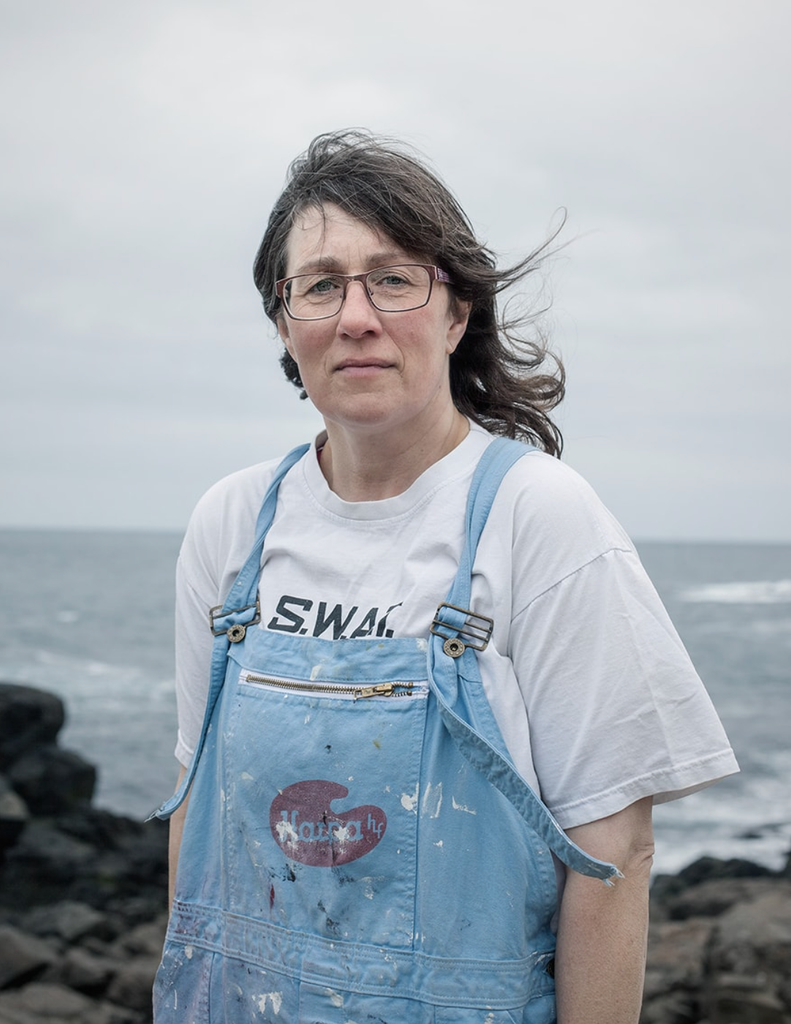
Marzena Skubatz
Marzena Skubatz is interested in the identity of places. Marsibil. Iceland is quite a country to attempt to capture. Sometimes...
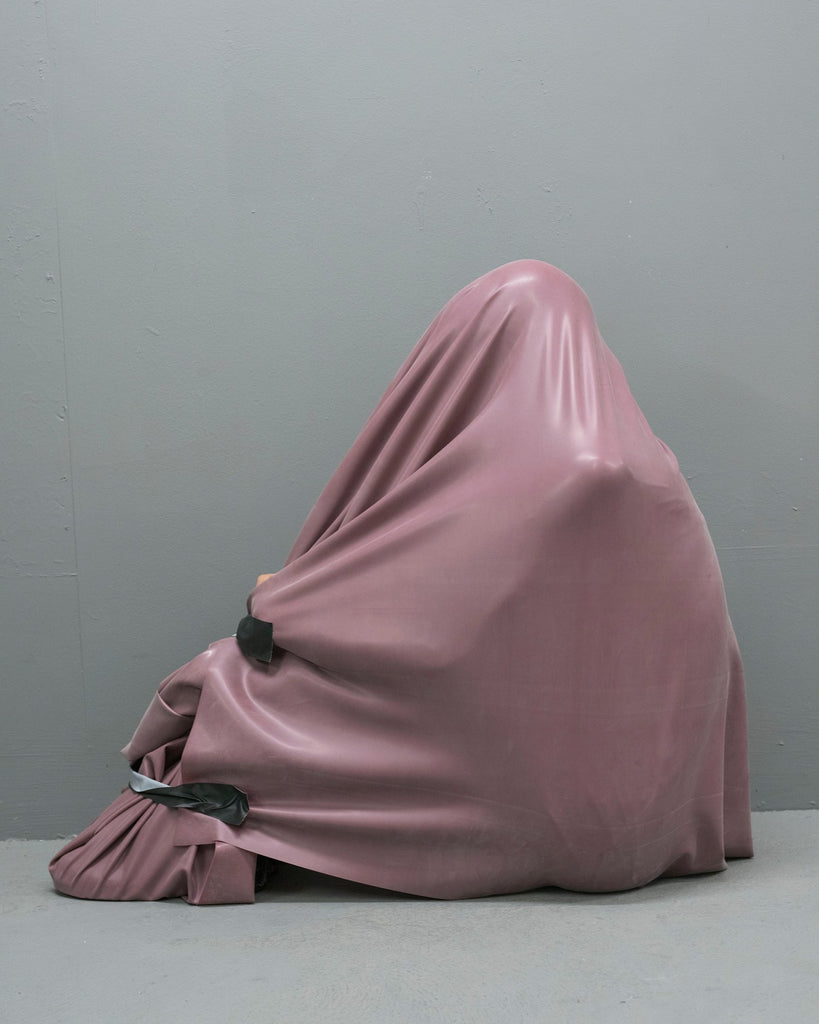
Jackie Nickerson
Jackie Nickerson’s Field Test series presents humans captured by alien objects. A figure is sat with their knees up,...
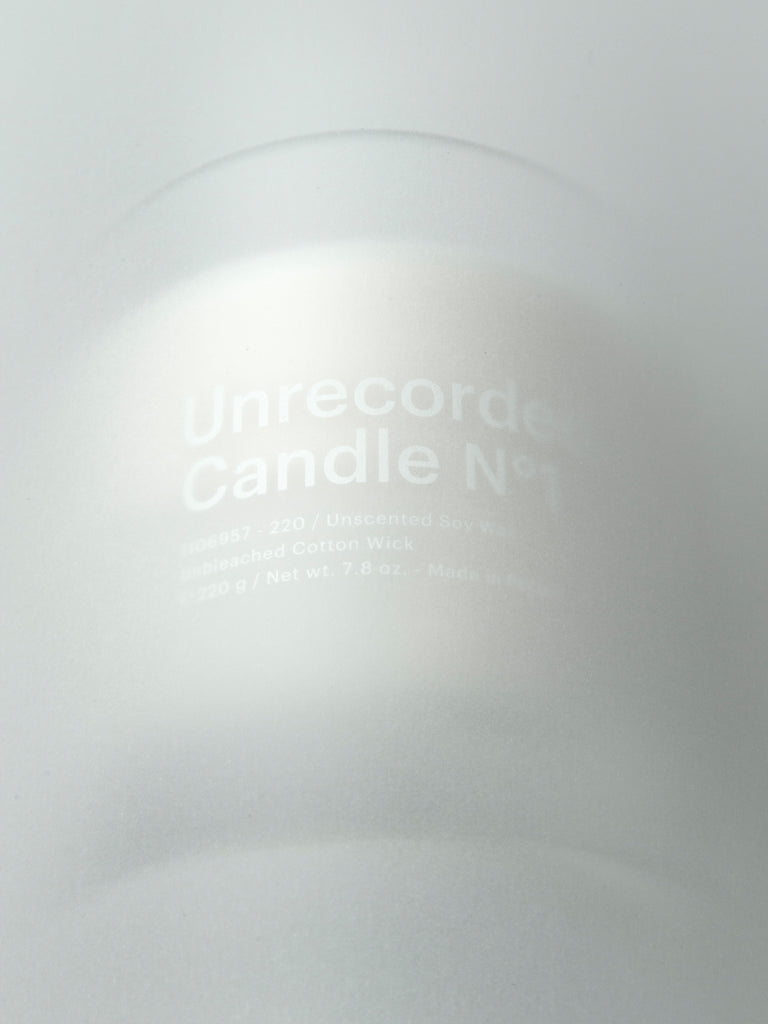
Unrecorded Candles.
Autumn 2020 marks the release of Unrecorded’s candle range. Our selection, coded by rich, mute colours, have been designed for...
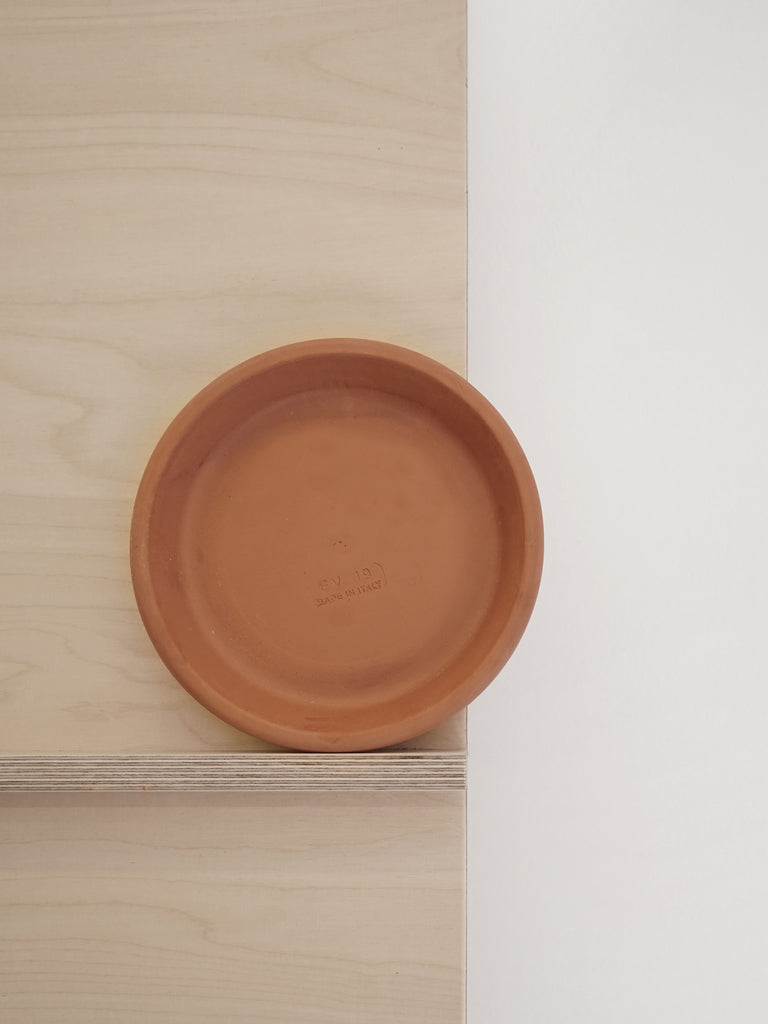
Terracotta
Terracotta is an earthy ceramic that has been produced since the Old Stone Age, at least 29,000 years ago. Latin for "baked earth", Terracotta is based on coarse, porous clay, which is moulded into shape and fired in a kiln at around 1000°C until hard.
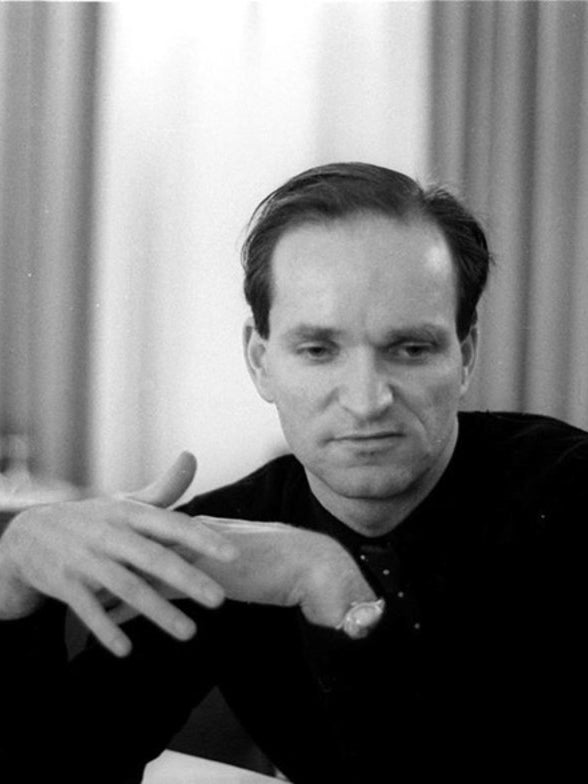
Florian Schneider
Tributes have been pouring in for the Kraftwerk co-founder. Electronic music pioneer Florian Schneider passed away at the end of...
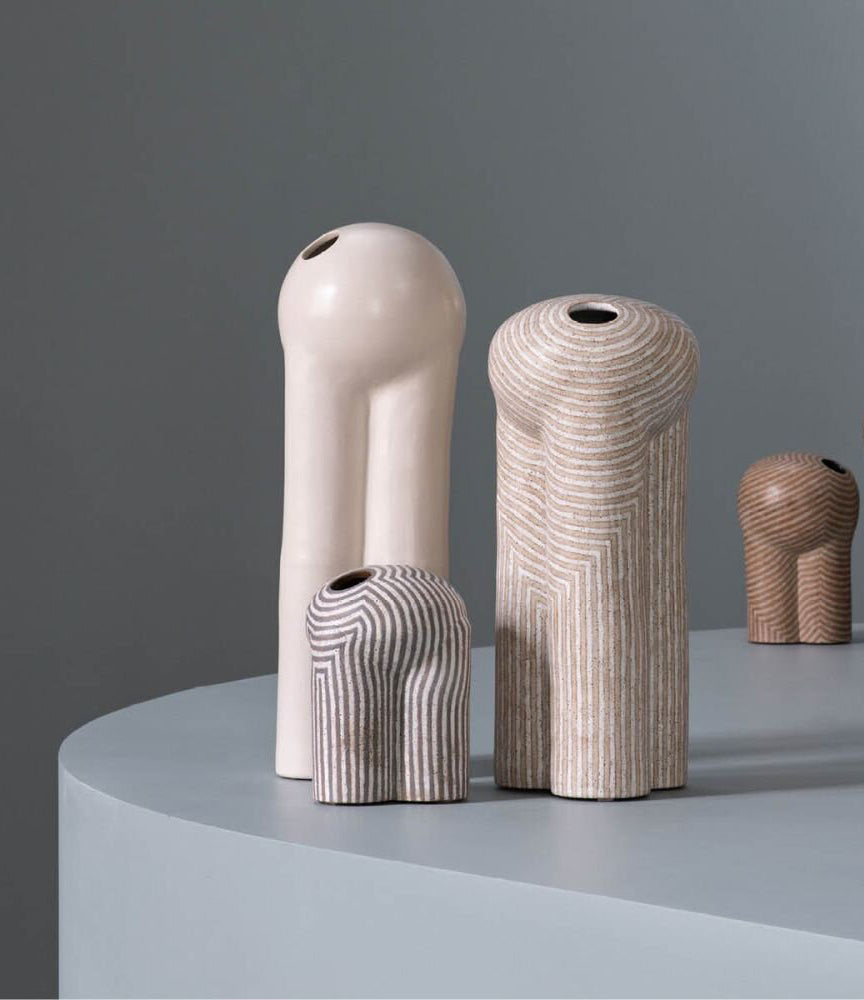
The Piccolo Parade.
Ceramic artist Jeremy Anderson mines the anthropomorphic tensions, playfulness and individuality of his stoneware sculptures. Jeremy Anderson is a ceramic...
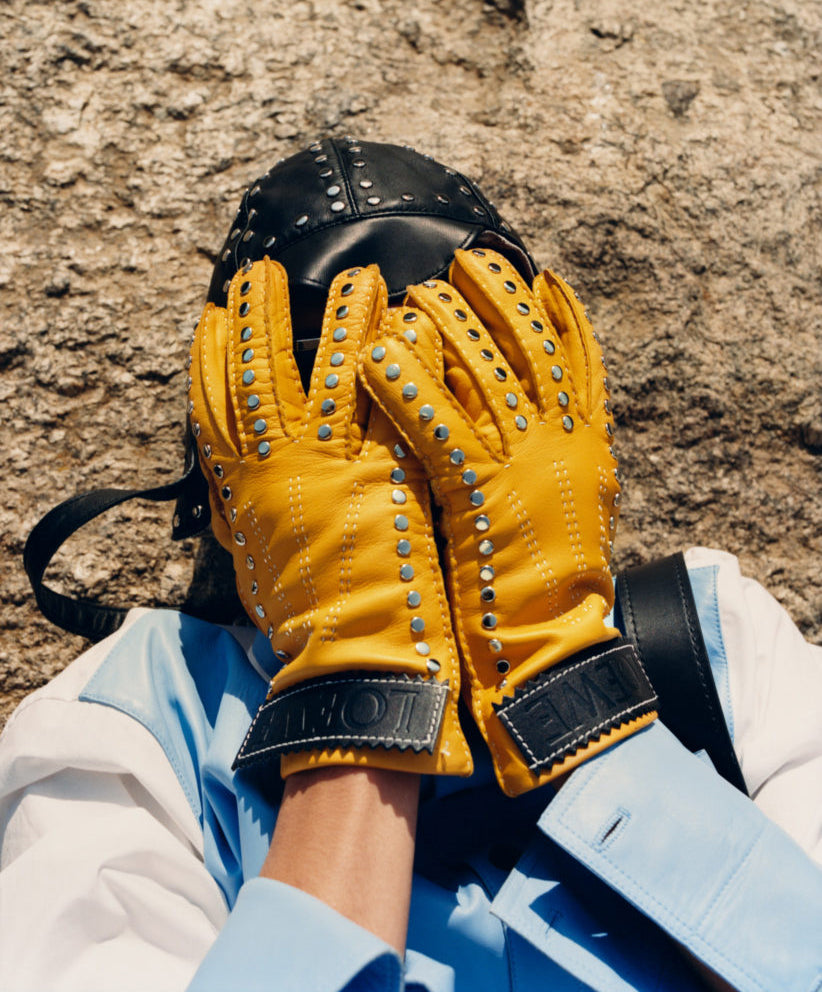
Tyler Mitchell
Tyler Mitchell, a prodigy of photography and video. His portraiture has earned him kudos from some of the most influential...
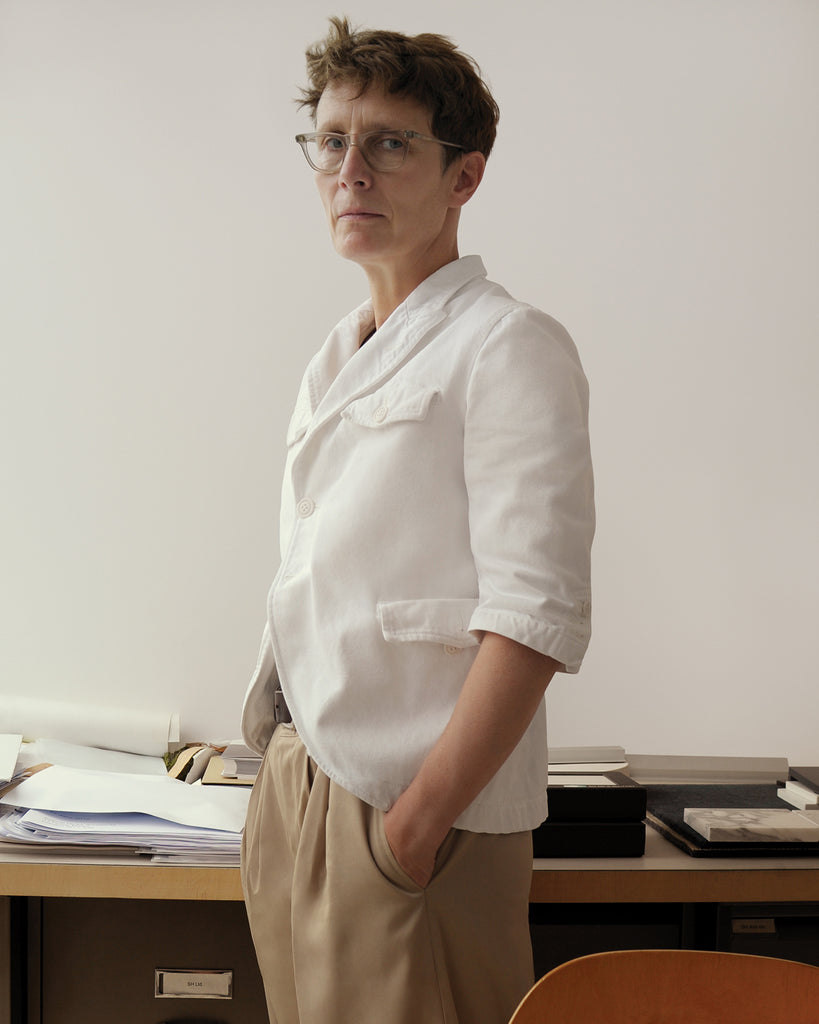
Sophie Hicks is an award winning architect with an eye on minimalism.
Architect Sophie Hicks places white boxes into grey urban environments. Hicks founded her architecture firm in 1990. Since then, the...
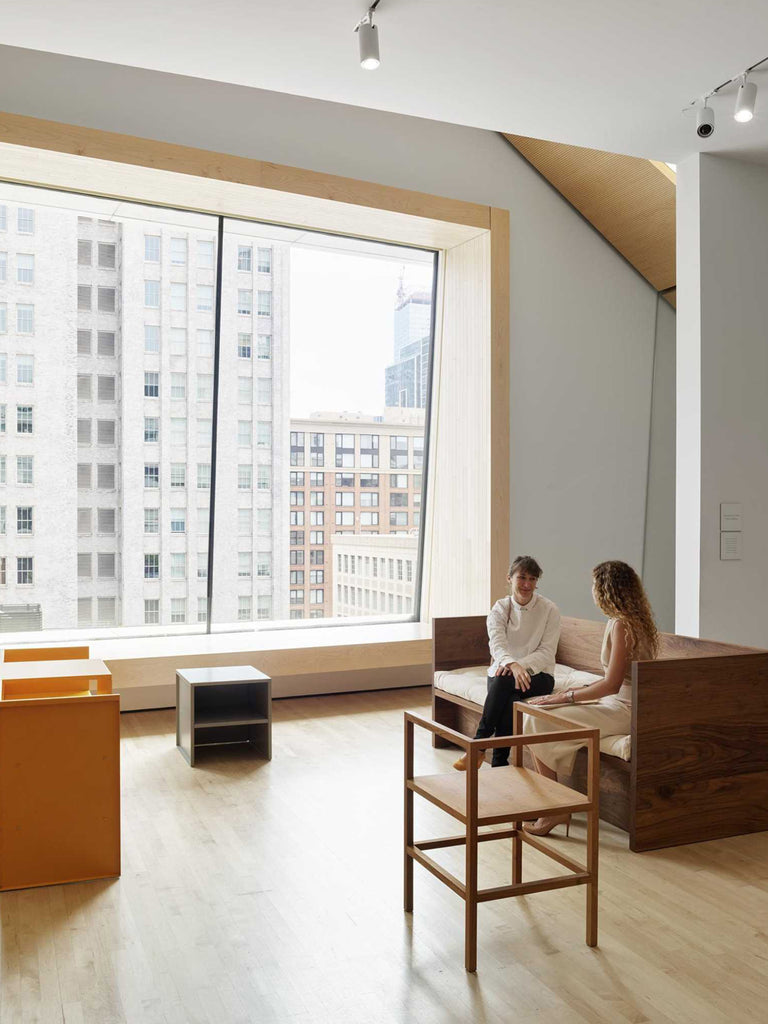
Donald Judd’s designs have inspired a generation.
Geometric shapes, block colours and sturdy materials are the basis for Judd’s timeless furniture.
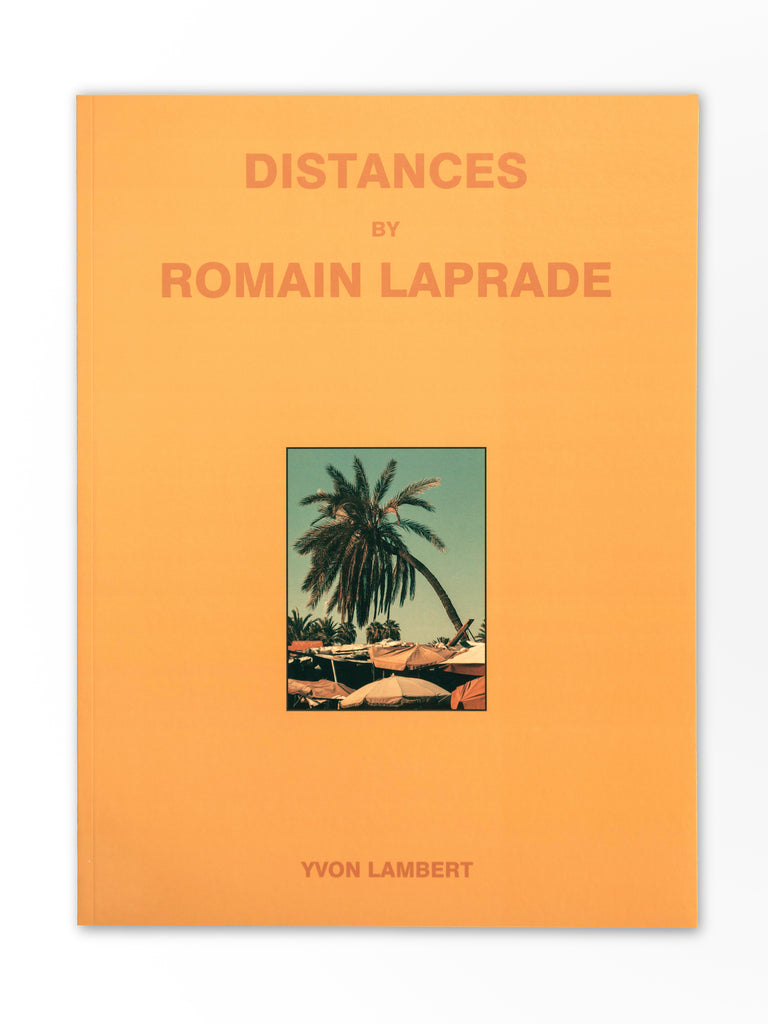
Romain Laprade
“It’s always Spring in Romain Laprade’s photographs.” Romain Laprade is a Paris based photographer notable for his warm, pastel shades....
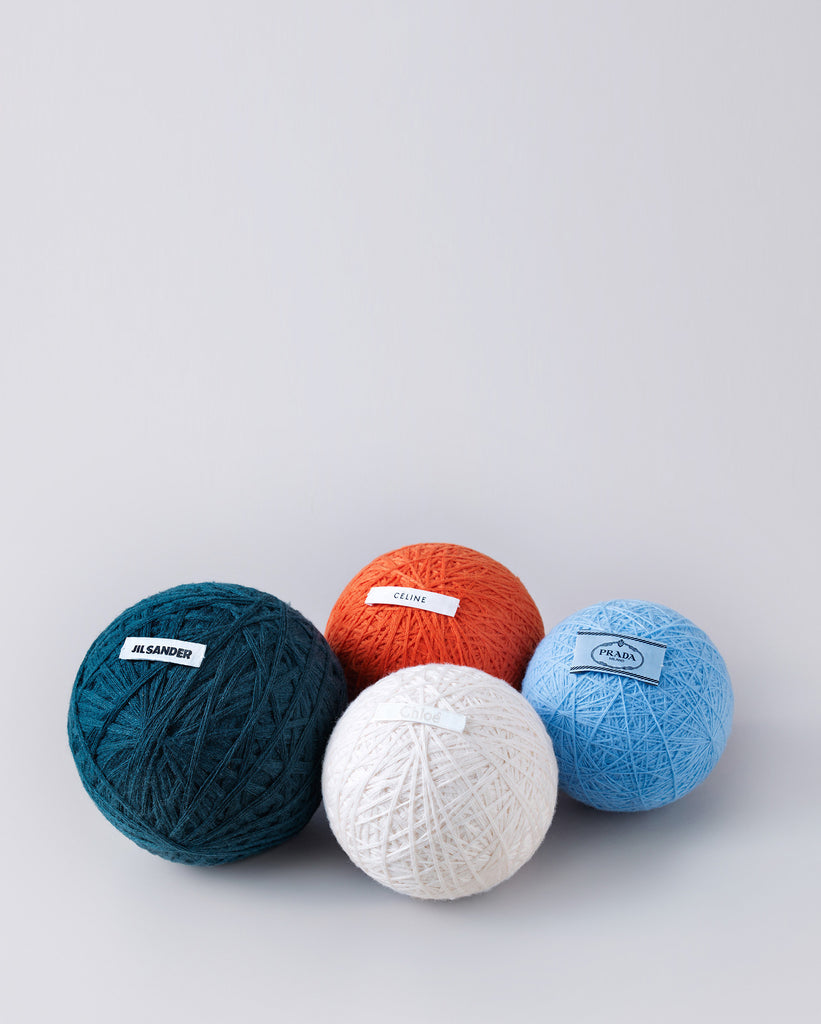
Lernert & Sander
The company has been winning awards since 2011, and has worked with Amnesty International, Hermès, Nowness, Selfridges and more. The founders pride themselves on a “cheeky sense of humour.”